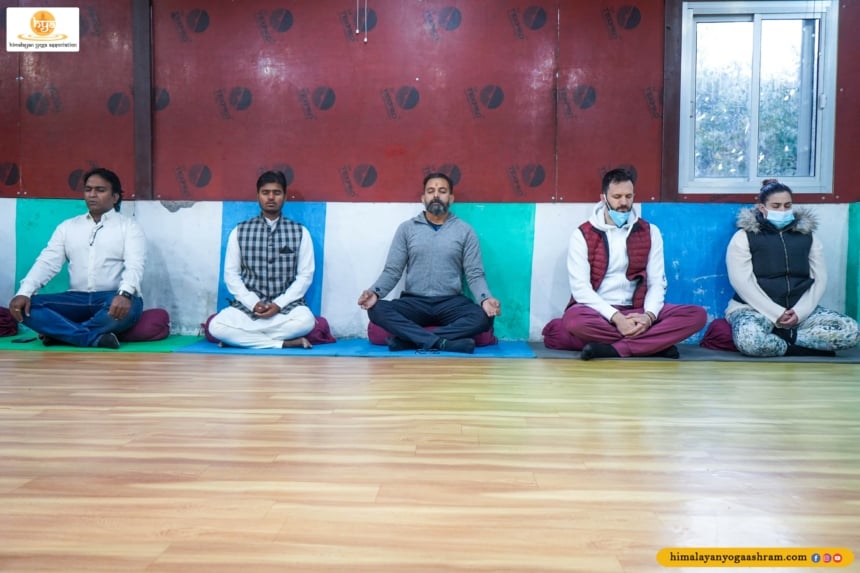Antar Mouna – Technique, Benefits and Contra-indications
By Himanshu JoshiYogaantarmouna, meditation, yoga, yogaforhealthAntar Mouna is a meditation technique used to cultivate inner silence. Antar in Sanskrit means inside or our mind and mouna mean silence. It is a most powerful technique to learn about yourself, your hidden side, and the depths of your mind. By this technique of meditation you can make your mind your friend in order to cultivate thoughts that are beneficial to you and remove the conditioning that is not helping in your personal growth. Antar Mouna helps in purging the bad thoughts by first becoming aware of them, understanding them and then letting go. This is required because often we tend to suppress the negative parts of ourselves and these don’t tend to go away by suppressing but they remain in our subconscious mind. Antar Mouna meditation helps to bring those thoughts or dark parts to the forefront so we can observe them without judgement.
To do this meditation sit in a comfortable position like a lotus with or without the cushion as per your preference. You can also lie down if that feels good to you. Take few breaths and notice the present moment without any judgement as it is. Move the awareness slowly around your body, moving from your feet to your arms, abdomen and face. Take your time to observe and feel. Practice this for few minutes. Now notice the surroundings and the sounds while still keeping your eyes closed. Again, don’t get involved or try to understand the sounds. Just observe as you sit there quietly, observe the sounds coming from your body like the sound of your breathing.
This is the first stage where we gather awareness of our external sensory organs by listening, feeling and smelling the things or environment around us. Notice the sensations arising or present in your body but don’t get involved. Observe the air flowing in and out of your nostrils in a rhythmic pattern. If you can keep your attention at the tip of your nose. Observe your thoughts but let them come and go and don’t get attached to them.
This is the second stage where we gather awareness of our thought process and try to silence the mind. In the third stage we create and dispose thoughts by focusing on a particular thought intentionally and observing it silently. With time we can let go of the difficult or negative thoughts that we keep holding onto and let our mind be silent.
In the fourth stage, we practice the refinement of stage three by creating awareness towards the thought coming from the deeper parts of our mind. Observe the thoughts and repeat the process of creating and disposing these thoughts. By this point the mind becomes more refined and lucid and we can move forward to the fifth stage which is of thoughtlessness. This is where the mind is blank but awareness is still maintained. This is where antar mouna is achieved.
This stage comes naturally after perfecting the previous stages with enough practice. The sixth and final stage is that of ‘Dhyana’. This is the meditative state of mind where awareness of a chosen thought or object is required which avoids us from getting side tracked. Just be with your breath and become one with it for as long as you can. When ready open your eyes with few blinks and observe the calmness surrounding you after the meditation.
The benefits of this meditation are many. To list some of them:
- You achieve emptiness or nothingness which is important from time to time to release patterns of thoughts that we hold on to and cultivate stress. So in that sense emptiness helps us with relieving stress and letting go
- You experience peace or zen
- It helps you connect with your awareness
- Makes you more mindful
- Helps with manifesting your thoughts
- Heightened sensory perception
- Your mind has more space to welcome newer and refreshing ideas
- It increases concentration and cognitive control
- Develop a stronger willpower to refrain from unnecessary thinking
The contraindications for Antar Mouna meditation are as follows:
- Always perform this meditation on an empty stomach or four to five hours after a meal.
Top Related Post






